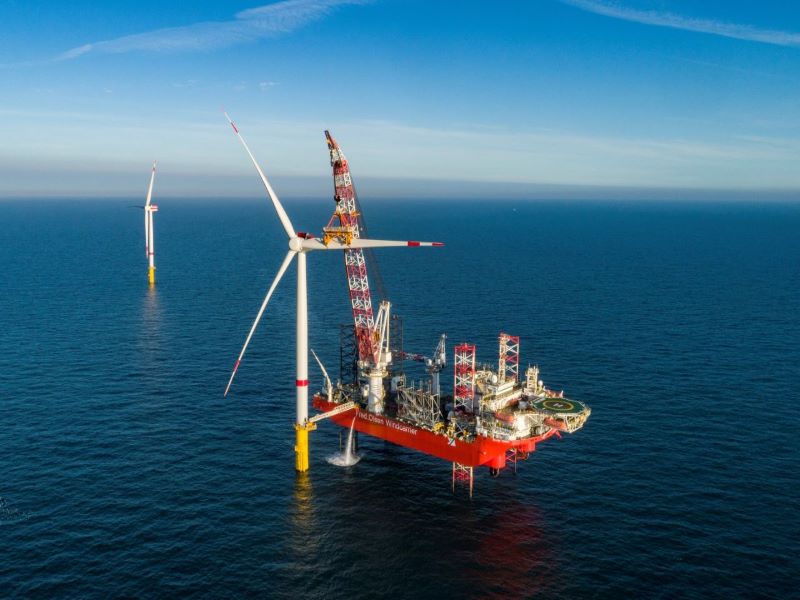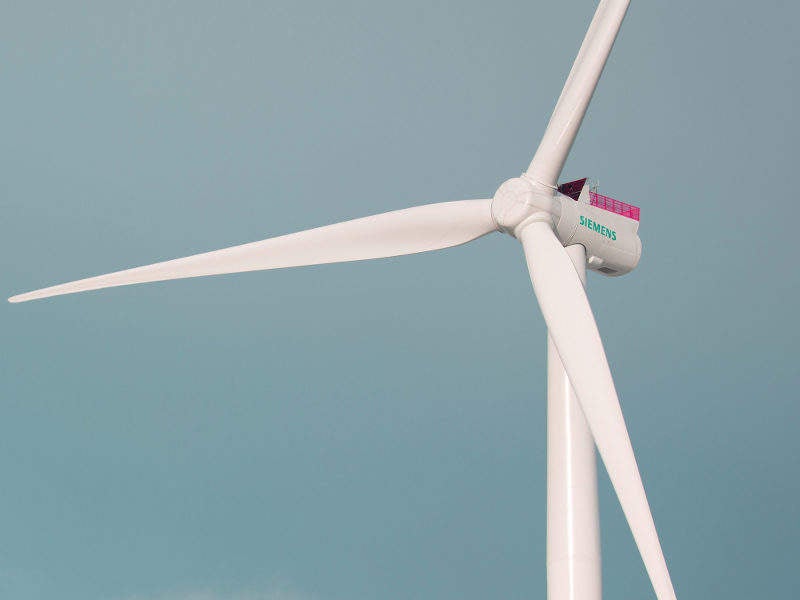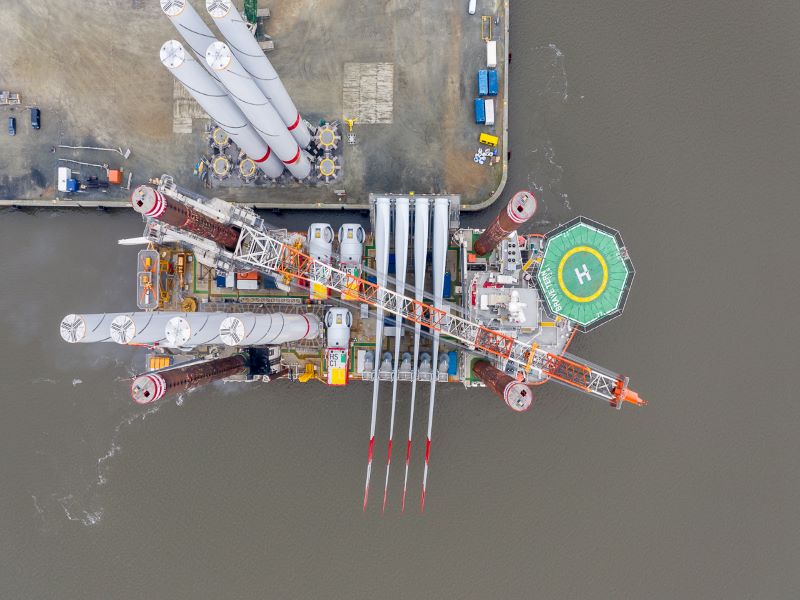Hohe See is a 497MW offshore wind farm located in the German North Sea. The project was proposed by German utility EnBW Energie Baden-Württemberg (EnBW), which took the final investment decision on the project at the end of 2016.
Canada-based energy infrastructure company Enbridge acquired a 49.9% stake in the project in February 2017, leaving EnBW with the majority 50.1% stake. The two partners jointly funded and executed the project, with EnBW responsible for the operation and maintenance of the wind farm. The project achieved financial closure on 17 February 2017.
The wind farm generates approximately two billion kilowatt-hours (kWh) of renewable electricity a year, which is sufficient to power 560,000 homes while offsetting 1.5 million tons (Mt) of carbon dioxide (CO₂) emissions a year.
Hohe See wind farm location and make-up
Hohe See is located approximately 98km off the German coast and 90km north of Borkum island, in the German exclusive economic zone of the North Sea. The project site covers an area of roughly 42km². The water depth at the site is up to 40m.
The wind farm features 71 Siemens SWT-7.0-154 turbines rated at 7MW each. The SWT-7.0-154 turbine has a rotor diameter of 154m, hub height of 105m and height of 182m to blade tip.
Including the nacelle and rotor blades, each turbine tower weighs 755t. The rotors cover an area of 18,630m² (200,531ft²), which is equivalent to 2.6 football pitches.
The turbines are anchored into the seabed using monopile foundations.
Design and construction of the German offshore wind farm
The design phase of the offshore wind project, which began in February 2016, included the design of monopile foundation structures and layout of the inter-array cabling.
The monopiles measure approximately 70m long and weigh 1,500t each, while the transition pieces are each approximately 30m long.
The substation features a semi-open topside steel structure, which rests on a jacket foundation and weighs approximately 3,100t. The 33kV inter-array cabling is roughly 100km long in total.
The first offshore wind turbine installation was completed in April 2019, while the construction of the wind farm was completed in August 2019. The wind farm began operations in October 2019 and was fully connected to the grid in January 2020.
Grid connection
The wind farm is connected to the German grid through the BorWin3 platform, which is a high-voltage direct current (HVDC) grid connection system, and the BorWin Gamma converter platform.
Contractors involved in Hohe See wind project
Siemens was awarded the contract to supply turbines and foundations for the offshore wind farm. As an engineering, procurement, construction and installation (EPCI) partner to Siemens, Deme Group subsidiary GeoSeaof designed, manufactured and installed the foundations and transition pieces.
Siemens is also responsible for providing service and maintenance for the turbines for a period of five years after the project’s commissioning.
GeoSea further subcontracted Netherlands-based Sif Holding to produce the monopile foundations. Sif produced the transition pieces in joint venture (JV) with Smulders. Under the JV, the primary steel was produced by Sif, while Smulders produced the secondary steel and outfitted the transition pieces.
The FICG consortium, comprising Cofely Fabricom, Iemants and CG, was contracted in March 2016 to design, supply and install the offshore substation. Cofely Fabricom was responsible for the engineering, procurement, construction and commissioning of the offshore substation’s topside and jackets, as well as the low-voltage auxiliaries.
CG was responsible for the design, manufacturing, installation and commissioning of the high / medium-voltage equipment, as well as control and protection systems for the platform, while Iemants was responsible for the design and construction of the steel superstructure for the topside and foundation.
Boskalis’ subsidiary VBMS was contracted for the inter-array cables to interconnect the turbines. VBMS was responsible for the supply and installation of 79 cables under the contract. The contractual scope included the supply, installation, burial, termination and testing of the cables.
ZTT was awarded a contract to construct the 155kV HVAC-grid connection for the new offshore wind farm. The company was also responsible for supplying shunt reactors, GIS terminal and land conversion joints.






